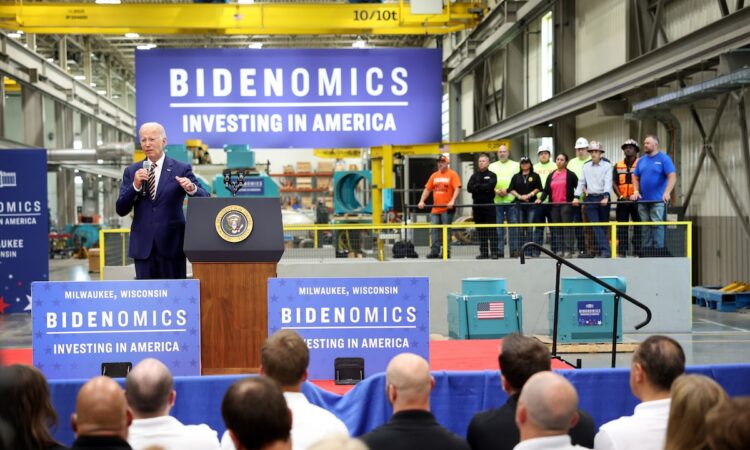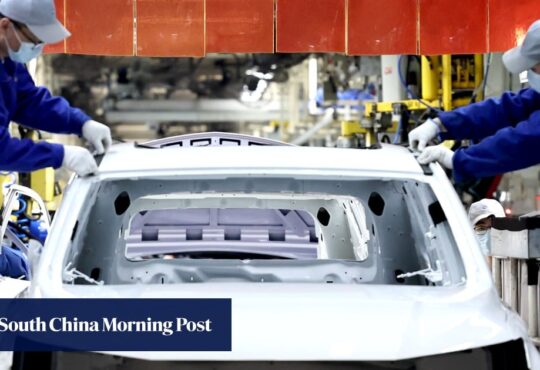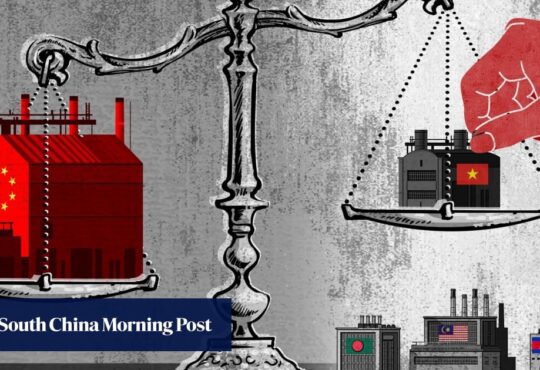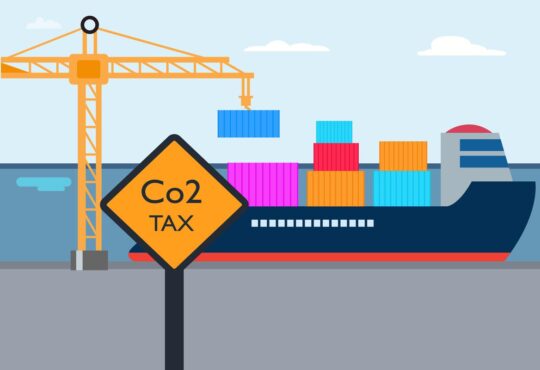
U.S. President Joe Biden speaks at Ingeteam Inc., an electrical equipment manufacturer, in Milwaukee, Wis. on Aug. 15, 2023.Scott Olson/Getty Images
It was not a term that U.S. President Joe Biden and his team invented. But as the U.S. economy was soaring last year, the White House embraced “Bidenomics” as a shorthand for everything that was going right.
“Our economy is stronger and better than any industrial nation in the world right now,” Mr. Biden said in a speech last August to mark the anniversary of the Inflation Reduction Act, one of the signature laws of his presidency.
“Bidenomics is just another way of saying: ‘restoring the American Dream.’”
But that message didn’t land with a wide swath of the electorate.
Despite any number of positive trends – low unemployment, strong growth and record-setting equity markets – Americans have been largely pessimistic about the economy in recent years, which policy experts tie to steep inflation and rising interest rates meant to tame price pressures.
Mr. Biden has run out of time to convince voters of his economic bona fides. On Sunday, he withdrew from running in the presidential election as he faced mounting questions about his mental acuity and fitness to serve another four-year term. Mr. Biden has thrown his support behind Vice-President Kamala Harris to square off with Donald Trump, the former president and Republican Party challenger.
Rapley: Joe’s Bidenomics makes him as economically impactful as Ronald Reagan, if not FDR
Mr. Biden’s economic legacy is still being written, in part because of landmark investments in infrastructure, semi-conductors and green energy that will prove influential for years, even decades.
Still, the U.S. economy is undoubtedly in better shape today than when Mr. Biden took office in early 2021, just months into a global pandemic that decimated the labour market. Not only has the U.S. fully recouped millions of lost jobs, but the unemployment rate of 4.1 per cent is close to historic lows.
There are other upsides, too. The U.S. is posting economic growth that most other countries would gladly trade for. Wage gains have been strong for low-income workers. And stock markets have rallied over the past two years, bolstering the wealth of millions of Americans.
On the downside, the U.S. was slammed by decades-high inflation in 2022, then by a sharp climb in interest rates, much like in other countries. U.S. consumer prices have risen by nearly 20 per cent during the Biden presidency so far, giving voters a frequent reminder of how things have changed for the worse.
The pandemic and Russia-Ukraine war led to supply chain disruptions that drove up prices for commodities and consumer goods. But the Biden and Trump administrations also brought in huge fiscal stimulus to safeguard household finances during COVID-19, which fuelled a consumer spending boom.
People are thinking, “we might have jobs, a very low unemployment rate and decent wage gains, but we can’t afford anything,” said Derek Holt, head of capital markets economics at Bank of Nova Scotia. “Inflation has gone through the roof.”
At the heart of Bidenomics is industrial policy at a scale not seen in generations. In three pieces of legislation passed in 2021 and 2022 – an infrastructure bill, the Inflation Reduction Act and the CHIPS and Science Act – the U.S. government committed between US$1-trillion and US$2-trillion over 10 years toward rewiring the country’s industrial and energy base.
This included massive tax breaks, subsidies and other incentives to lure private-sector investment in clean-energy generation, semi-conductor manufacturing and electric-vehicle production.
Americans have long been allergic to industrial policy. But Mr. Biden managed to build a bipartisan coalition around a set of interlocking priorities: fighting climate change, reinvigorating U.S. manufacturing and limiting China’s footprint in key supply chains for national-security reasons.
Proponents can point to a number of early successes. Spending on factory construction has doubled. Semi-conductor and EV manufacturing facilities are sprouting up across the country. The American Clean Power Association estimates that US$421-billion of capital investments in clean-energy projects have been announced since the IRA was passed.
But there have also been disappointments. EV sales have lagged expectations, even with generous consumer rebates. And clean-energy projects are being held up by red tape in many states across the U.S.
“I think what both IRA and CHIPS have done is just to change the nature of the conversation around what state involvement in the economy looks like,” said Réka Juhász, an assistant professor of economics at the University of British Columbia whose research focuses on industrial policy.
“Whether that’s good or bad, or whether they’re doing it well or not, time will tell,” she said. “There are signs that the policies are having some of their intended effects. There are also signs of some roadblocks. At the very least, it’s changed the conversation, and whoever the incoming president is going to be, the status quo looks different.”
America’s new-found interest in industrial policy has reverberated around the world, inviting other countries to respond with their own subsidies for favoured industries. Canada, for instance, announced more than $80-billion worth of tax credits in its 2023 budget in an attempt to crowd in climate-friendly investment. Ottawa, along with Ontario and Quebec, also promised around $50-billion, mostly in production subsidies, to a handful of auto companies to coax them into setting up battery and EV plants in Canada.
Trade policy is another area where Bidenomics has left its mark. For all the animosity that exists between Mr. Biden and Mr. Trump, when it comes to trade policy both have favoured the use of big sticks in the form of tariffs on foreign goods to protect and boost American industry.
During the 2020 presidential campaign, Mr. Biden slammed the tariffs Mr. Trump imposed on US$300-billion in Chinese goods, tweeting that his rival didn’t “get the basics. He thinks his tariffs are being paid by China. Any freshman econ student could tell you that the American people are paying his tariffs.”
Rather than scrap those import duties, the Biden administration kept most of them in place and added more, and has doubled down on the U.S.-China trade war, at least when it comes to clean-energy goods. In May, the White House announced a 100-per-cent tariff on Chinese-built EVs, as well as penalties on other clean-energy imports including solar cells, batteries and critical minerals.
But those tariffs have come at a cost to households when inflation was already high. An analysis last month by the Tax Foundation, a think tank, found the Trump-Biden tariffs, as it called them, will translate into an annual US$625 hit to the average U.S. household in higher costs.
In another way, Mr. Biden has taken after his predecessor. The U.S. is running large deficits of around 6 per cent of gross domestic product. This is helping to juice economic growth, but it’s also raising questions about the long-term viability of this fiscal path.
“Biden and Trump accuse each other of being the worst presidents on record,” Mr. Holt said. “We’ve had better and worse ones in terms of the whole series of [economic] metrics.”





